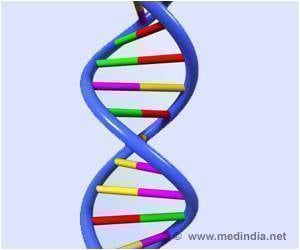The systemic evaluation of the antiviral activity of interferon-induced factors was carried out by Rockefeller University researchers.

First author John Schoggins, a postdoctoral associate in Charles M. Rice's Laboratory of Virology and Infectious Disease at Rockefeller, and his colleagues, including researchers from the Aaron Diamond AIDS Research Center and the Howard Hughes Medical Institute, systematically evaluated the majority of common interferon-induced genes, one by one, to determine which of them had antiviral activity against a panel of disease-causing viruses, including the hepatitis C virus, HIV, West Nile virus, the yellow fever virus and chikungunya virus.
The scientists used a cell-based "screen" to measure the ability of each gene to halt the growth of the viruses: One by one, genes were delivered into the cells that were then infected with virus.
In cells that had no interferon-induced genes delivered, Schoggins and his team observed normal levels of virus replication. In cells that had interferon-induced genes delivered, they occasionally found "hits" that could significantly impair virus replication.
Overall, Schoggins and his colleagues found that each virus tested was susceptible to inhibition by a unique subset of these interferon-induced genes, with some genes having specific effects on only one virus, and other genes having more broad effects on multiple viruses.
The researchers also showed that two genes in combination were more potent than either gene alone, supporting the long-standing hypothesis that many interferon-induced factors work in a combinatorial fashion. A number of the factors, the researchers found, work by interfering with the process by which viral RNA is translated in protein.
Advertisement
"Even more interesting is that none of these factors on their own are 'magic bullets' that can eradicate the virus. Instead, the cell relies on the cooperative action of numerous factors to effectively shut down the virus," added Schoggins.
Advertisement
Source-ANI








